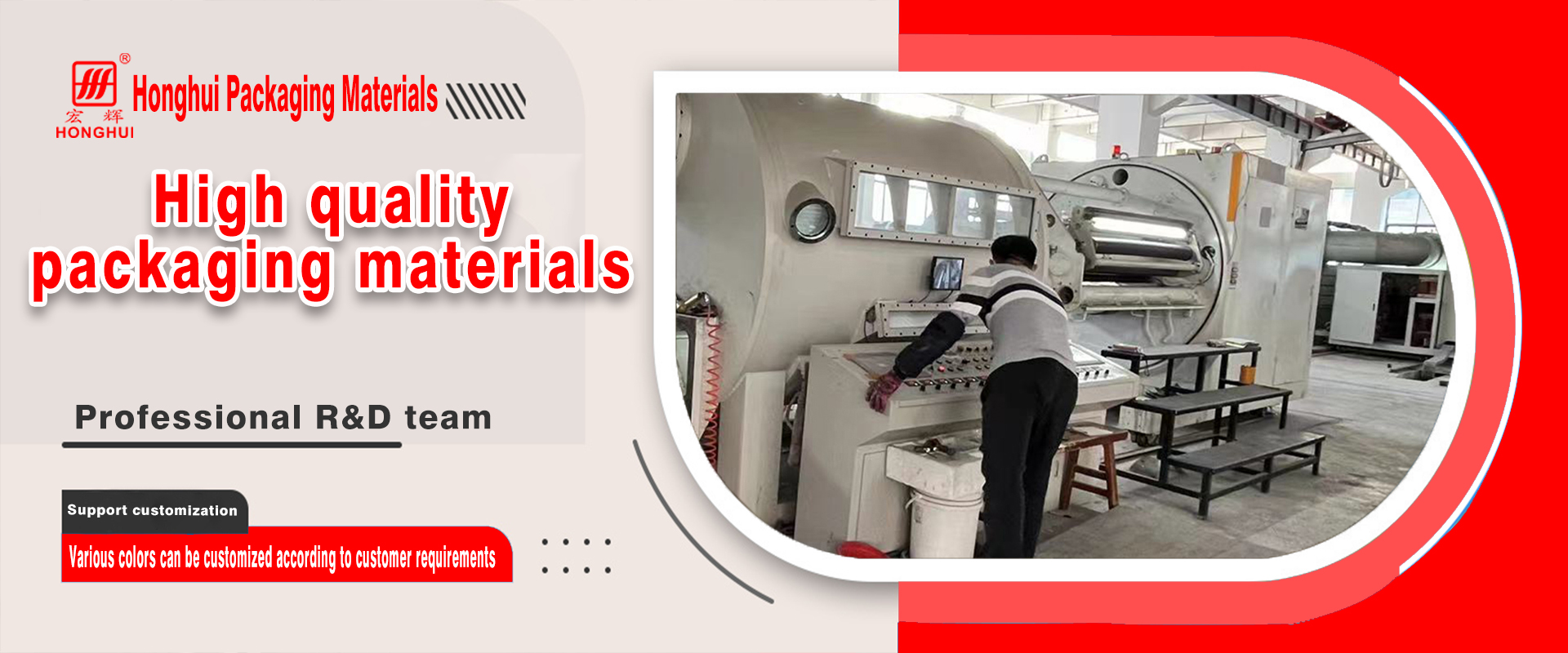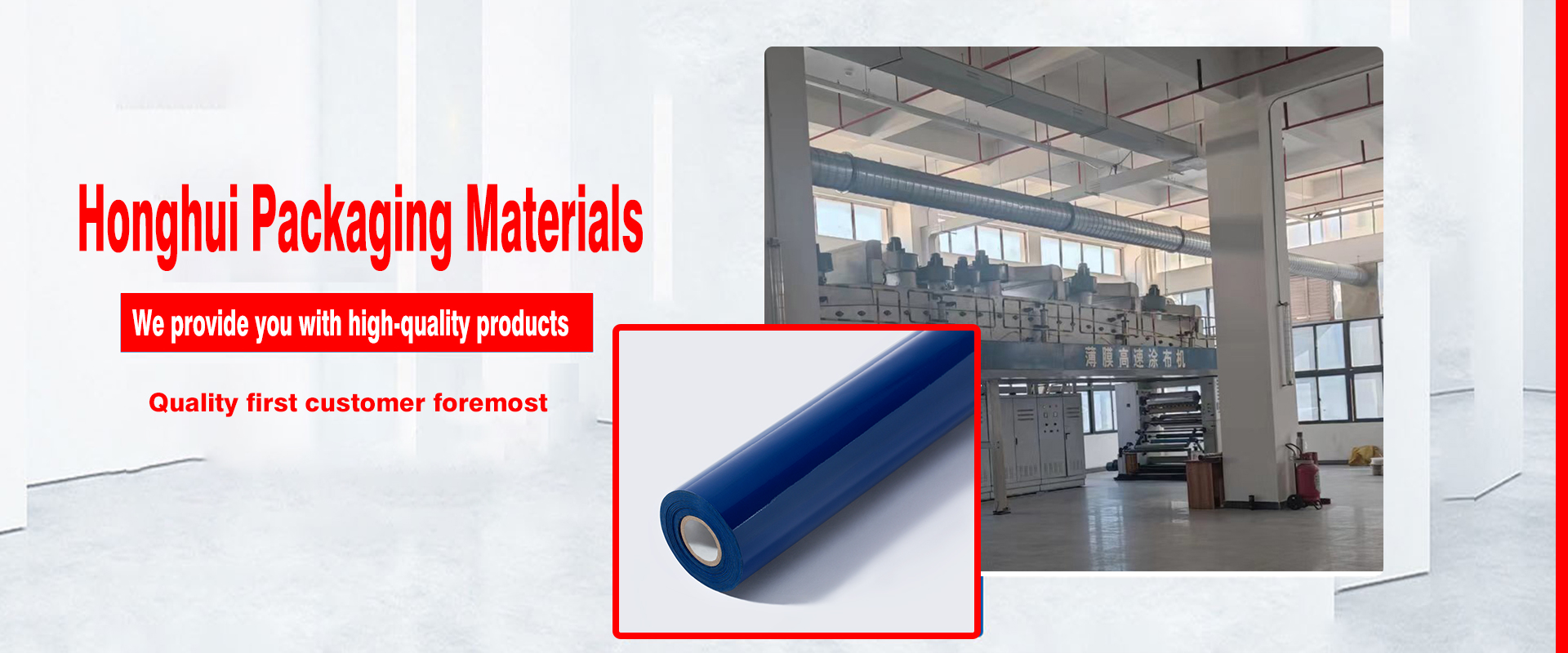Experience sharing of cold hot stamping process
Cold stamping refers to pre printing UV curing adhesive and then transferring the cold stamping foil onto the substrate to be hot stamped. The basic configuration of the device is:
Printing machines (flexographic, offset, relief printing)
What is the cold ironing process
Cold stamping refers to pre printing UV curing adhesive and then transferring the cold stamping foil onto the substrate to be hot stamped. The basic configuration of the device is:
Printing machines (flexographic, offset, relief printing)
- Foil covered unit
- Unwinding device
- Retraction device
- UV curing unit
The hot stamping process can achieve a gradient effect that traditional hot stamping processes cannot obtain. If this effect is combined with the design theme, it will bring a new design effect and feeling.
The overall advantages of the cold ironing process are as follows:
Low investment cost - Therefore, most commonly used laminating or circular hot stamping drum label printing machines are already suitable for cold stamping, while others may be suitable for cold stamping after modification. At the same time, most equipment suppliers can provide specially designed cold stamping components.
Cold ironing process (taking flexographic printing as an example)
UV glue can be applied through flexographic or offset printing. In both of the above methods, UV glue is first applied to the substrate, then coated with cold hot foil, UV cured before peeling, and finally peeled off.
Advantages and characteristics of cold ironing process:
The competition between industries is very fierce now, and everyone is looking for efficient, low-cost but innovative printing solutions. Cold pressing technology can be said to be a suitable choice. We are promoting the cold ironing process now, not replacing hot ironing with cold ironing, because cold ironing and hot ironing are two completely different processes, each with its own advantages and disadvantages. Therefore, we need to first understand the characteristics of each process, combined with our own equipment conditions and project requirements, and try to maximize their advantages to make the best choice.
Some hot stamping projects may encounter many unsolvable problems if using hot stamping, but if switching to cold stamping, it can be easily completed. And cold - no need for hot stamping experience and special stamping equipment, templates, stamping tools or pads
Flexible, efficient, and economical - especially suitable for small batch production
Low cost, high efficiency - can use standard printing boards
High speed, effective - production speed can reach up to 120 meters per minute
Can be used on thin, soft or heat sensitive packaging materials - such as heat shrink film hot stamping becoming possible, etc
Printing and hot stamping can be completed in one go - easy to control printing accuracy
Breaking through tradition, bringing vivid and three-dimensional effects - can create a metallic half shadow gradient effect
The disadvantages of the cold ironing process include:
The ratio of foil to substrate is 1:1, which cannot save foil consumption, but this contradiction can be alleviated as much as possible during design
Not suitable for rough substrate surfaces, but can be solved as much as possible through process coordination
The existing curing adhesive is not suitable for some plastics, but the supply of cold hot glue will increase with market demand
Application tips for cold ironing process:
In general, any flexographic printing project can be cold pressed. This process requires coating, laminating, and peeling units. By using the cold ironing process, a gradient cold ironing effect can be achieved based on the adhesive, substrate, roller, and printing plate used. To achieve good hot stamping results, the coordination of all units is required, including the number of lines on the mesh roller, the amount of glue applied, the power of the UV lamp, the hardness of the printing plate, the peeling angle, the substrate, UV curing glue, cold stamping foil, and so on.
Glue for cold ironing
There are various types of adhesives on the market, and you must carefully test them to choose the one that suits you. The manufacturer's product specification sheet should indicate whether their product is suitable for free radical UV curable ink coatings and whether it can be used for solvent based or water-based inks.
Types of substrates that can be cold pressed
In fact, all materials that can be printed on a flexographic printer, such as PP, PE, and non absorbent paper, can be cold pressed. If there is an issue with adhesion, it can be resolved in collaboration with the glue supplier. In general, the effect is more ideal when printed after corona treatment.
Ink roller - average glue amount
Select the correct number of ink rollers based on different patterns. We do not recommend applying UV glue directly on rough, untreated material surfaces. Instead, a primer should be applied first.
* Foil covered unit
We suggest that after the UV glue is applied, a silicone roller with appropriate hardness should be used to cover the cold hot foil, and the tension of the feeding/winding unit should be appropriate to prevent wrinkling. If the hardness of the pressure roller is too low, the transfer effect of the cold hot foil will be poor. The roller shaft of the foil covering unit must be completely clean and dust-free. Proper pressure on the foil unit is crucial to avoid bubbles, which can cause poor transfer printing effect.
Applicable UV lamps
If a medium or high-pressure mercury lamp is used for UV curing, the power of the lamp should be adjustable according to the operating speed.
Distance requirements between adhesive coating, cold pressing, UV lamp curing, and peeling processes
To avoid wrinkling, the shorter the distance between each process, the better. There should be no empty wheels between the foil covering and peeling units. In general structures, the distance from glue application to peeling process should not exceed 1 meter at most. The processing speed is generally 45-120 meters per minute.
Possible problems and solutions of cold ironing process
* Keep in mind that improper use of glue can directly lead to poor quality of cold foil transfer printing
If the cold pressed foil cannot be transferred, the quality of the adhesive should be checked
* Ensure that the glue is fully cured, and if necessary, increase the power of the UV lamp
If the glue cannot bond with the substrate, increase the power of the UV lamp or implement corona treatment to obtain higher surface tension
The glue coating is too thin or the pressure of the pressure roller is too low, which can cause pinholes in the cold hot area
Insufficient curing of glue, insufficient UV lamp power, or the use of defective cold pressed foil can lead to a decrease in wear resistance or poor bonding effect
If the processing speed is low, it is necessary to adjust the power of the UV lamp
If the transfer of cold hot foil is not smooth, adjust the pressure of the pressure roller or the pressure roller
Incorrect pressure setting of the printing roller can lead to uneven edges. Adjusting the pressure of the printing roller and the pressure feeding roller can avoid this situation from happening
Pay attention to the influence of peeling angle on the transfer printing of foil
If the tension of the cold hot foil is too high, cracks may appear on the surface after hot stamping
If there is a paste, reduce the amount of glue used or increase the hardness of the pressure roller
The application scope of cold ironing process:
Packaging: liquor label, medicine label, beverage label, candy paper card, wine box, film box, cigarette pack
Food and medicine: shampoo label, toothpaste outer box
Cosmetics: lipstick, cream, cosmetic box




